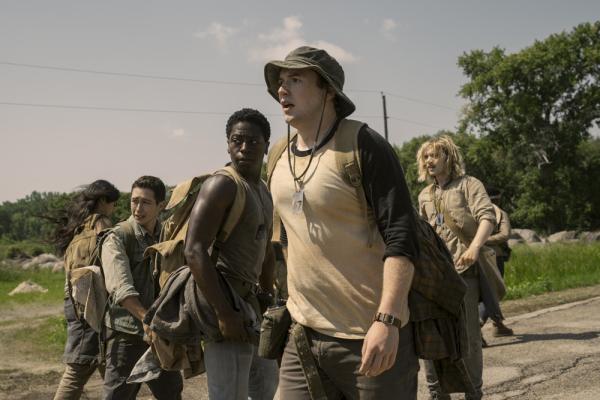Sep 19, 2025
“I keep hoping that gets easier,” one character in The Long Walk says, shortly after witnessing the gruesome execution of a companion. Still visibly shaken, Cooper Hoffman’s character Ray Garraty replies: “That’s what I’m afraid of.”
A 2025 film adapted from the 1979 novel by Stephen King, The Long Walk depicts a dystopian near future where young boys from all over the United States voluntarily compete in a contest to walk at 3 mph continuously across hundreds of miles—with those who repeatedly fall below the pace being shot dead until there is one winner of glory and riches.
Read the Full Article

Already a subscriber? Login
